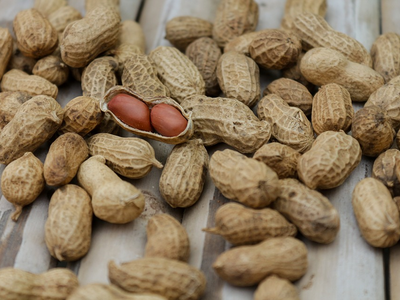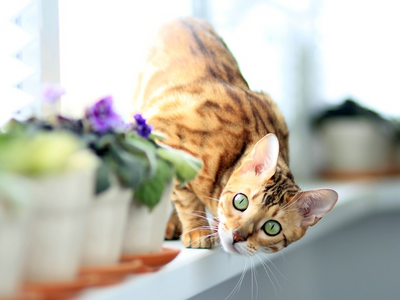10.03.2022
Is your cat’s dry heaving a bad sign? Untamed knows!
Did you notice your cat making strange cough-like noises after eating or randomly throughout the day? What does it mean when a cat’s dry heaving or retching? Untamed answers burning questions, such as:
- Why do cats dry heave?
- How can you prevent your cat from dry heaving?
- How can a high-quality diet help with dry heaving in cats?
What is dry heaving?
Dry heaving (or retching) is your cat's reaction to objects stuck in their digestive system or particular health problems. It ranges from a single cough to intense gagging accompanied by stomach contractions.
How to recognise when your cat is dry heaving
The following table explains the difference between coughing, vomiting, and dry heaving:
|
Action |
Description |
|
Coughing |
Sudden expulsion of air |
|
Vomiting |
Ejection of digested or undigested contents of the gastrointestinal tract, typically preceded by a series of struggling motions and noises |
|
Dry heaving (retching) |
An action similar to vomiting by the looks and sound of it, but without projecting contents |
If your feline is performing any of these actions frequently (and repeatedly), seek professional help.
Why do cats dry heave?
Dry heaving can be a sign of a serious underlying issue, such as:
- Hairballs (too frequent hairballs or large ones causing gastrointestinal obstruction)
- Heart disease
- Liver disease
- Kidney disease
- Gastroenteritis
- Foreign objects
Hairballs
Dry heaving might be a sign that your cat has a large hairball stuck in their digestive tract. If your kitty has hairballs too often or can’t seem to get one out, take them to the vet. The vet will likely recommend you to switch to cat food formulated to help digest hairballs.
You can also buy special products designed to help the hair pass through the digestive tract, such as:
- Hairball gels—These products lubricate intestines and have a laxative effect
- Cat grass—It is believed that the dietary fibre in cat grass help hairballs pass through and exit the body. Because these products are designed for cats, they’re believed to be a better source of dietary fibre than grain. They’re typically used for indoor cats to avoid potential pesticides and other contaminants found in outdoor grass
- Hairball treats—These chewies of various sizes and shapes have the same effect as hairball gels but might work better for picky cats because of their taste and texture
- Special shampoos—Some manufacturers claim that these products help reduce shedding and support the passage of hairballs (probably because they coat the hair in mineral oil or petroleum jelly)
Specialists recommend using hairball remedies and grooming your cat frequently to reduce the hairballs and help your kitty get them out naturally. Frequent grooming means you should brush your cat:
- Once a week if they’re a shorthaired breed, such as the Siamese
- Every day if they’re a semi-longhaired breed (Ragdoll) or a longhaired breed (Persian)

I don’t know what that is or how it got there.
Source: micaring33
Heart disease
Dry heaving is a symptom commonly observed in cats with heart disease which can be:
- Congenital (present at birth)
- Acquired (appears in adult and senior cats and is caused by strain on the heart structures, infections, and injuries)
Besides dry heaving, other symptoms of heart disease are:
- Coughing
- Lethargy
- Growth failure
- Swollen abdomen
- Irregular heart rate
- Breathing difficulty
Liver disease
The liver is an essential and multifunctional organ, which is why it endures a lot of stress throughout your cat’s life. The typical cause of liver disease is a condition called hepatic lipidosis—a term used to describe the accumulation of fat in the liver (common in obese cats).
Accompanying symptoms include:
- Circling
- Pale gums
- Depression
- Weight loss
- Head pressing
- Bloated abdomen
- Lack of appetite
- Increased thirst
- Jaundice (yellow eyes and skin)
Kidney disease
Cats have sensitive urinary tracts, so it comes as no surprise that many felines struggle with kidney disease. The condition is typically caused by tumours, infections, exposure to toxins, and the malfunction of the immune system. Cats who have kidney disease experience dry heaving and:
- Vomiting
- Increased thirst and urination
- Lethargy
- Pale gums
- Itchy skin
Gastroenteritis
Gastroenteritis is the inflammation of the digestive tract. The most common causes for gastroenteritis are infections (parasites, viruses, bacteria), systemic disease, or an adverse reaction to a new food or medication.
Other symptoms include:
- Vomiting
- Diarrhoea
- Depression
- Loss of appetite
Foreign objects
If your cat is lucky and the object is tiny enough, it can cause mild discomfort until it passes through the organism. Larger objects could block the airway or a part of the digestive system. When that happens, cats experience:
- Vomiting
- Abdominal pain
- Difficulty breathing
- Swelling
- Loss of appetite
- Decreased thirst (which causes dehydration)
If the object is large or stuck somewhere in your cat’s organism, the vet might have to resort to surgery to remove it. You can prevent this from happening by buying cat-safe toys and removing any dangerous objects from your cat’s vicinity.
When should you take your cat to the vet?
You should take your cat to the vet immediately if they:
- Can’t stop dry heaving
- Start vomiting digested or undigested food
- Throw up more than one hairball per week
- Show signs of pain or distress
- Have blood in the stool or vomitus
- Are lethargic
- Reject food (especially if it’s their favourite wet food)

Mum, you said we were going to get groceries. What is this nonsense?
Source: ovetdegatos
What can a vet do to help a cat who’s dry heaving?
To set the correct diagnosis, the vet will first check your cat’s medical history and perform a regular physical examination. They might ask you the following:
- When did the dry heaving start?
- How often does it happen?
- Is your cat experiencing any other symptoms?
- Was your cat exposed to a harmful substance (food, plants, or chemicals)?
- Did anything change in your cat’s feeding habits (the frequency, the amount of food, or anything else)
- Do you have more animals in your household, and were they sick recently?
- Does your cat have food allergies or intolerances?
- Is your cat on treatment, medication, or a special diet (i.e. diabetic or hypoallergenic)?
After the vet gets acquainted with your cat’s condition and medical history, they will suggest tests, which can include x-rays, blood tests, urinalyses, ultrasounds, endoscopies, laparotomies, and more.
How is dry heaving treated?
Exact treatment methods depend on the reason behind dry heaving. Treatment is typically non-invasive (withholding food, providing water, and prescribing medication) and targets existing symptoms. Severe cases might have to undergo surgery or radiotherapy.
Can I treat a cat who’s dry heaving by myself?
Conditions that cause cats to dry heave have similar symptoms, so it’s impossible to set the correct diagnosis without the help of a professional. Buying over-the-counter medication is risky because it can worsen your cat’s condition and potentially lead to a fatal outcome.
If your vet is unavailable, you can help your cat feel better by:
- Withholding food for 12 hours
- Giving them a tablespoon of water every 30 minutes (some specialists claim that ice can slow down your cat’s metabolism, which could be beneficial for fasting cats. You can offer ice cubes to your kitty as long as they don’t chew or swallow them)
- Offering bland, completely cooked food after the 12 hours have passed
How to prevent your cat from dry heaving in the future
Unless your cat is dealing with a congenital disease, dry heaving is preventable with proper care, which entails:
- Grooming
- Hydration
- Nutrition
How often should you groom your cat to reduce hairballs?
The best way to reduce hairballs is to brush your furry friend with a dematting comb or a grooming glove. Longhaired cats should be brushed every day, while shorthaired cats need grooming only once a week.
How much water should your cat drink?
Sufficient hydration is the key to keeping your cat healthy because it ensures that all organs work properly. Rehydration is also the first step towards treating dry heaving.
The recommended daily water intake for cats is 50ml per kilo of their healthy weight, but this also accounts for moisture they get from food and the metabolic processes in their body.
Your furry friend’s drinking habits also depend on their:
- Activity levels—Indoor cats have less demanding nutritional needs than outdoor ones
- Type of food—Dry food contains only around 20% of moisture, while canned food products contain around 70%. Semi-moist food pouches are rich in moisture but often contain meat derivatives, grain fillers, vegetables, and various taste enhancers to make the product more appealing
Keep in mind that cats don’t compensate for the lack of moisture in their food by drinking more. Because of this, you will never see a domestic cat drink a lot of water, and it’s easy for them to become dehydrated. If you monitor your furry friend, you could detect dehydration early on before it takes a toll on their health. Typical symptoms of dehydration are:
- Dry gums
- Sunken eyes
- Intense vocalisation
- Loss of appetite and energy
Jelly and gravy products keep your cat satiated and hydrated. If you already have biscuits, you can mix them with some soup or broth to add moisture.

How nice of mum to get me my own fountain! I wonder what the neighbourhood cats have to say about this.
Source: petlandpensacola
What kind of impact does quality nutrition have on cats?
Most health problems, including those that cause cats to dry heave, are preventable with quality nutrition. High-quality cat food contains sufficient amounts of essential nutrients which keep your kitty healthy and happy. Those nutrients can be divided into three groups:
- Protein
- Fat
- Vitamins and minerals
Cats are obligate carnivores—they can’t absorb nutrients from plants and must eat fish and meat to meet their nutritional needs. A plant-only diet would cause any cat to suffer nutritional deficiency.
Animal protein—the key ingredient of a healthy cat’s diet
A cat’s diet should consist of at least 50% animal protein because it enables healthy growth, maintains muscle tone and bone strength, and fuels every metabolic process in their body. A steady supply of protein also benefits digestion, increases energy levels, and improves the coat’s quality.
What makes protein so valuable are tiny compounds called amino acids. Cats need 22 amino acids:
- 11 they can synthesise
- 11 they get only from food (essential amino acids)
One of those essential amino acids crucial for your cat’s health is called taurine and is only available in meat.
Cats best utilise protein from:
- Poultry—Chicken, turkey, duck
- Fish—Tuna, mackerel, sardines, salmon
- Crustaceans—Shrimp, prawns
Red meat (such as beef and pork) and cured meats (such as ham and bacon) are also rich in protein but contain too many calories (fat) to be the main ingredient of your cat’s diet. You can serve them as an occasional treat or add them to your furry friend’s meals occasionally to enhance the taste.
Why do cats need fat?
High-quality cat food contains fat because it:
- Forms cell membranes
- Helps nutrients travel where they’re needed
- Serves as a viable energy source (secondary to protein)
- Enhances the flavour
As delicious as it may be, fat should be kept within appropriate amounts to prevent weight gain and health complications associated with it. Veterinarians recommend keeping the fat content of your cat’s food at 20% or less.
Which vitamins and minerals do cats need?
The following vitamins and minerals are essential to cats and participate in all the metabolic processes in their bodies:
|
Vitamins |
Minerals |
|
|
These essential micronutrients are naturally found in meat. Small portions of chicken liver are exceptionally rich in vitamins and minerals, but excess amounts could lead to vitamin A poisoning.
Untamed—because all cats deserve quality nutrition
Untamed recipes are formulated by vets to provide all essential nutrients cats need to thrive—plenty of water, an abundance of protein, and the right amount of fat to keep your lean mean purring machine healthy and happy.
What makes our recipes extra special is that all cats can enjoy them, regardless of:
- The life stage—Untamed meets the demanding nutritional needs of kittens (after weaning), adults, and seniors
- Their breed—Bengals, Maine Coons, British Shorthairs, and many other breeds found a favourite from our product range
We accomplished with high-protein recipes made using human-grade ingredients obtained from cruelty-free and dolphin-safe sources. Ethical production methods ensure our products are of impeccable quality and eco-friendly.
Untamed is also suitable for cats who are pregnant or have been sterilised. More sensitive cats can try our single-source protein products—Chocka Chicken and Tuck-in Tuna.

Chicken-obsessed felines will go wild for our Chocka Chicken in Gravy (or jelly)!
Image (c) Untamed
The undeniable effect of quality nutrition
Dry heaving is one of the many health issues quality nutrition can prevent. Cat parents who switched their furry friends to Untamed report the following changes in their cats:
|
Timeline |
Changes after switching to Untamed |
|
One week |
|
|
Two to four months |
|
|
After four months |
|
If you want to be a part of the Untamed clowder, order our taster pack NOW!
Get your Untamed taster pack shipped to you for free!
Untamed delivers meal packs tailored to any feline’s preferences (even the pickiest ones). Ordering a taster pack is easy if you follow these steps:
- Visit our TRY NOW page
- Answer a few short questions about your furry friend
- Pick the dishes and place your order
Your trial cat food delivery will reach you in a day’s notice, thanks to our fast, carbon-free shipping. Our courier isn’t the only eco-friendly asset in our arsenal—all our packaging is completely recyclable!
If your kitty grows fond of our meals, we can restock your supplies every month. We offer the best subscription of cat food online and let you make hassle-free alterations to your order whenever you like.

Our recyclable packaging keeps your order safe and sound until it reaches you!
Image (c) Untamed
No-no food for cats who have been dry heaving
Check the following table for details on forbidden food for recovering cats:
|
Product category |
Products |
Reason |
|
Cat parents should avoid offering raw chicken treats or other uncooked products to their furry friends because they could carry harmful microorganisms (bacteria, fungi, parasites, and viruses). Bones could also cause gastrointestinal obstruction or internal injuries |
||
|
Dairy products |
Milk, dairy products, and even lactose-free milk could irritate sensitive cats. Dairy causes vomiting and have diarrhoea which puts them at risk of losing precious nutrients and water. Cats can have some yoghurt as an occasional treat, but you should avoid it until your kitty recovers from whatever’s causing them to dry heave |
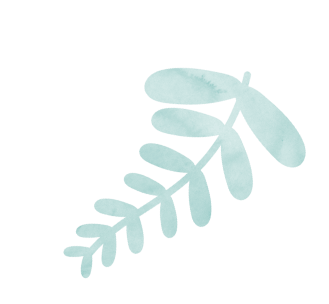
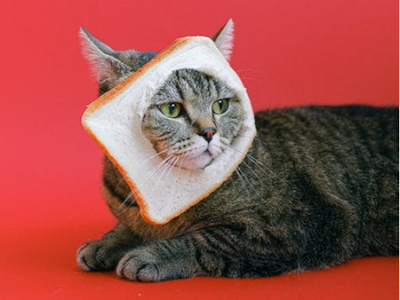
![Associated image for Best food for Ragdoll cats in the UK [Broken Down]](http://untamed.com/cdn/shop/articles/featured_best_food_for_ragdoll_cats_uk_400x300_crop_center.jpg?v=1646818249)
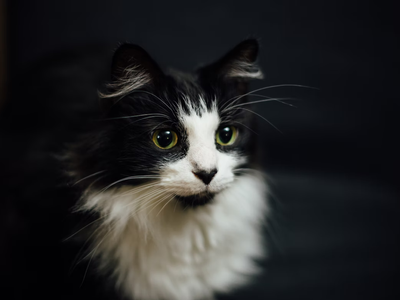
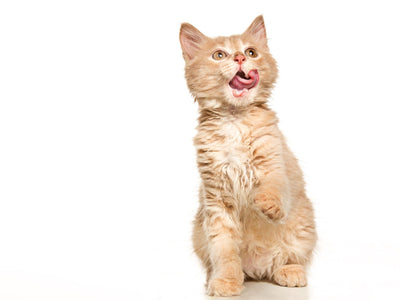
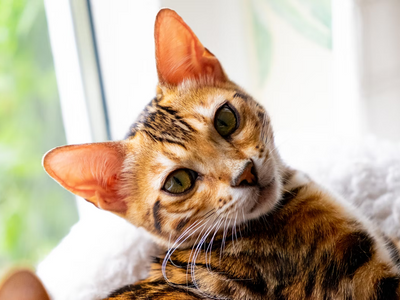
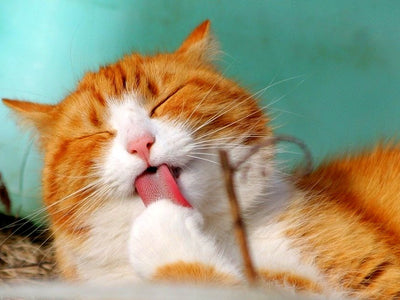
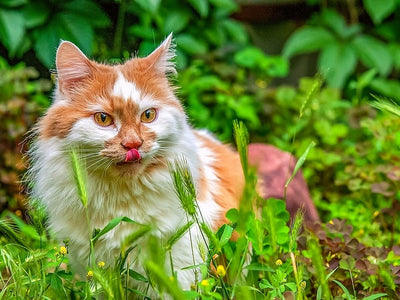
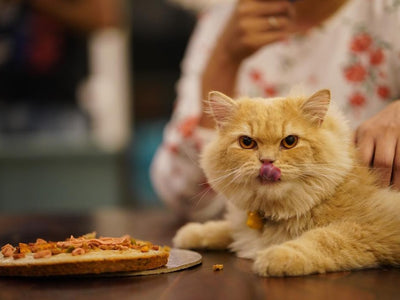
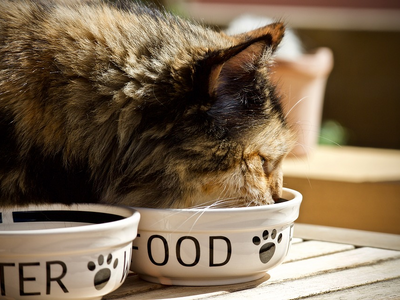
![Associated image for What human food can Sphynx cats eat? [Comprehensive list]](http://untamed.com/cdn/shop/articles/what_human_food_can_sphynx_cats_eat_Featured_400x300_crop_center.jpg?v=1648705074)
